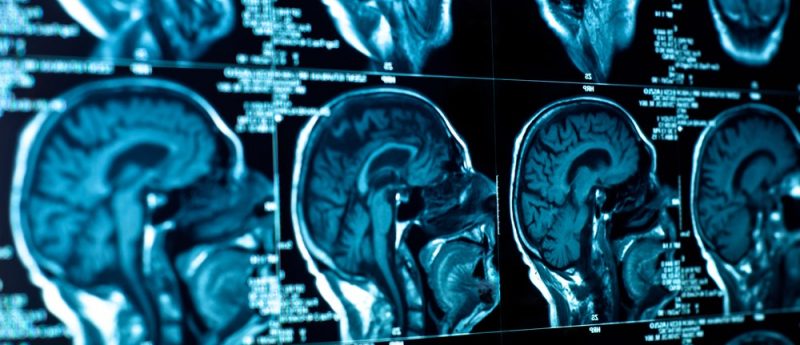A novel source of neural progenitor stem cells: the meninges

Neurogenic radial glia-like cells discovered in the meninges successfully migrate and differentiate to functional neurons, revealing promise for the treatment of neurological disorders.
A team of researchers led by Peter Carmeliet (VIB-KU Leuven, Belgium) has discovered a pool of embryonically derived radial glia-like cells in the meninges of the brain, highlighting the potential of meningeal tissue in the development of novel therapies for neurological disorders.
The neurological importance of the meninges, the protective membranes enclosing the brain, has been largely debated in the past and the tissue has largely been associated with dampening mechanical shock. While studying perinatal mice however, the group identified a population of meningeal neural progenitor cells which were previously thought to only reside within brain tissue.
These meningeal stem cells formed during embryonic development were reported to migrate to the caudal cortex and differentiate in to full Satb2+ neurons in cortical layers II—IV, which were electrically active and integrated into the local neural circuitry. The team discovered that these meningeal cells also express characteristics of neurogenic radial glia-like cells, neuronal cells and cells with an intermediate phenotype, potentially representing meningeal cells in the process of differentiating to neuronal cells.
“An intriguing question is whether these neuronal stem cells in the meninges could lead to better therapies for brain damage or neurodegeneration. However, answering this question would require a better understanding of the molecular mechanisms that regulate the differentiation of these stem cells,” explained Carmeliet.
“How are these meningeal stem cells activated to become different kinds of neurons? Can we therapeutically ‘hijack’ their regeneration potential to restore dying neurons in, for example, Alzheimer’ disease, Parkinson’s disease, amyotrophic lateral sclerosis (ALS), and other neurodegenerative disorders? Also, can we isolate these neurogenic progenitors from the meninges at birth and use them for later transplantation? These findings open up very exciting research opportunities for the future,” Carmeliet concluded.
Source: Bifari F, Decimo I, Pino A et al. Neurogenic radial glia-like cells in meninges migrate and differentiate into functionally integrated neurons in the neonatal cortex. Cell Stem Cell doi:10.1016/j.stem.2016.10.020 (2016) (Epub ahead of print); http://www.vib.be/en/news/Pages/VIB-scientists-discover-neuron-producing-stem-cells-in-the-membranes-covering-the-brain-possible-implications-for-brain-re.aspx